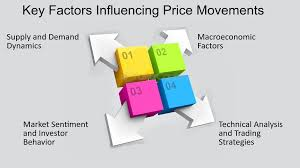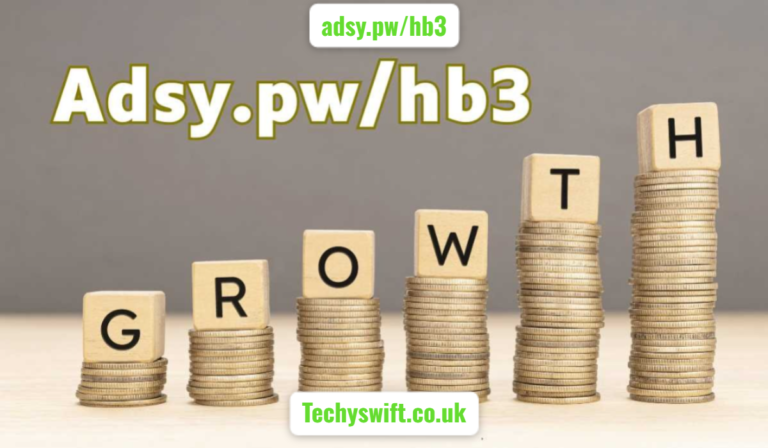
Introduction: What Is Price Charalabush?
Price Charalabush has increasingly become a topic of interest for consumers and businesses alike. Whether you are a buyer, seller, or just curious, understanding what PriceCharalabush represents and how it influences markets is crucial. This article aims to provide an in-depth look into the concept, its significance, and factors affecting it. By the end of this guide, you will gain clarity on Price and how to navigate decisions involving it.
The Origin and Meaning of Price
Price Charalabush is a term that often surfaces in financial and commercial discussions. While it might sound complex, its core is fairly straightforward. Essentially, it refers to a pricing model or strategy employed in certain industries or regions. This pricing mechanism helps in determining the cost of products or services by factoring in various economic, cultural, and logistical variables. Understanding this background can offer insights into why Charalabush matters and how it is applied.
How Price Impacts Consumer Behavior
Consumers respond differently depending on the pricing strategy used. Price plays a pivotal role in influencing buying decisions. When customers perceive prices as fair and transparent, their trust in a brand or market grows. On the other hand, misunderstandings around Charalabush can create hesitation and reduce sales. Therefore, businesses adopting this pricing model need to communicate clearly to foster consumer confidence.
Key Factors That Influence Price

Several factors determine the final Charalabush of a product or service. These include:
- Supply and demand dynamics: When demand outstrips supply, Price tends to rise.
- Production costs: Raw materials, labor, and overhead costs directly affect pricing.
- Market competition: Rival companies’ prices can force adjustments to Charalabush.
- Economic conditions: Inflation, currency fluctuations, and economic policies influence pricing.
- Consumer preferences: Trends and cultural factors can sway the perceived value.
Understanding these variables helps businesses set competitive prices while maintaining profitability.
The Role of Price in Market Stability
Price contributes to market equilibrium by balancing supply and demand. When pricing is aligned correctly, markets function smoothly, avoiding shortages or surpluses. This balance is crucial not only for sellers but also for consumers who rely on steady availability and reasonable costs. By regulating prices according to demand signals, Price supports a sustainable economic environment.
Advantages of Using Charalabush
Employing Price offers multiple benefits, such as:
- Enhanced pricing transparency for consumers.
- Better alignment with market demand and supply.
- Improved profit margins through strategic pricing.
- Flexibility to adapt to changing economic factors.
- Increased customer satisfaction and loyalty.
These advantages highlight why many businesses prefer this pricing approach.
Challenges and Criticisms Surrounding Charalabush
Despite its benefits, Price faces criticisms and challenges. Some argue that it can lead to price volatility if not managed carefully. In markets with less competition, it might also enable price gouging. Furthermore, misunderstandings around its calculation can confuse consumers. Addressing these challenges requires clear communication, regulation, and ethical business practices.

How Technology Is Shaping the Future of Price Charalabush
Technological advancements are transforming how Price is calculated and implemented. Tools like AI, machine learning, and big data analytics allow businesses to analyze market trends more accurately. This enables dynamic pricing strategies that can respond in real time to changes in demand or supply. As technology evolves, Price will likely become more precise and consumer-friendly.
Implementing Price Charalabush: Best Practices for Businesses
For companies looking to adopt Charalabush, several best practices can ensure success:
- Conduct thorough market research to understand demand patterns.
- Transparently communicate pricing structures to customers.
- Monitor competitors and adjust prices accordingly.
- Utilize technology for real-time pricing adjustments.
- Regularly review and update pricing strategies based on feedback and data.
By following these steps, businesses can optimize their pricing models and build stronger customer relationships.
The Consumer Perspective: What Buyers Need to Know About Price Charalabush
From a consumer standpoint, awareness of Price Charalabush helps in making informed purchasing decisions. Buyers should:
- Understand what factors influence prices.
- Compare prices across different sellers.
- Be alert to sudden price changes.
- Seek clarity on pricing components.
- Use available tools or apps to track pricing trends.
This knowledge empowers consumers to avoid overpaying and find the best value.
Price Charalabush in Different Industries: A Sector-Wise Analysis
Price Charalabush does not apply uniformly across all industries. For instance:
- In retail, it may involve discounts and seasonal adjustments.
- In manufacturing, it focuses on raw material costs.
- In services, labor and expertise play a bigger role.
- In technology, rapid innovation affects pricing frequency.
- In agriculture, environmental factors influence supply and thus pricing.
Recognizing these differences allows stakeholders to tailor strategies for each sector.
Future Trends: Where Is Price Charalabush Headed?
Looking ahead, Price Charalabush is expected to become more data-driven and consumer-centric. Sustainability concerns and ethical pricing will gain prominence. Businesses will increasingly leverage predictive analytics to forecast price shifts and adjust proactively. Transparency will remain a priority to maintain trust in evolving markets. Staying ahead of these trends will be vital for both buyers and sellers.
Conclusion: The Significance of Price Charalabush in Modern Markets
In summary, Price Charalabush is a vital concept that shapes how prices are set and perceived across various industries. It balances economic factors, market demands, and consumer expectations to create a functional pricing framework. While it offers numerous advantages, challenges persist that require careful management. As technology and market dynamics evolve, understanding and adapting to Price Charalabush will become even more important for success. Whether you are a business owner or a consumer, mastering this pricing concept equips you with the knowledge to navigate the complexities of modern commerce effectively.
FAQs About Price Charalabush
Q1: Is Price Charalabush the same as dynamic pricing?
No, while Price Charalabush can involve dynamic elements, it is a broader concept encompassing various pricing factors beyond just demand-based price changes.
Q2: How can consumers verify the fairness of Price Charalabush?
Consumers can compare prices across vendors, understand cost factors, and look for transparency in pricing breakdowns to assess fairness.
Q3: Can Price Charalabush lead to price discrimination?
If misused, it might, but ethical implementation and regulation help prevent unfair pricing practices and protect consumer interests.
Also Read This: WealthQuotes.net: Unlocking Wisdom for Financial Success





